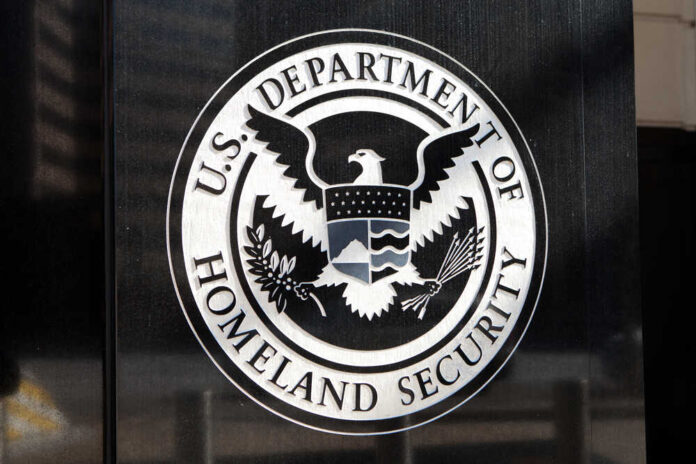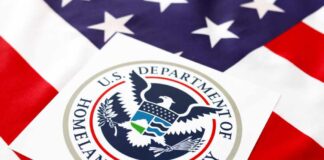
Even as Vice President Kamala Harris accuses Republicans of “gaslighting” the American people with alleged misrepresentations of the facts, the Biden administration is attempting to gloss over the continued impact of a lax immigration policy.
The Department of Homeland Security recently touted the supposed benefit of allowing Title 42 — a pandemic-era rule making it easier to deport undocumented immigrants — to expire in May.
“Since the CDC’s Title 42 public health Order lifted and the Biden-Harris Administration’s comprehensive plan to manage the border went into full effect on May 12, DHS has continued to experience a significant reduction in encounters at the Southwest Border,” the agency reported last month.
While it is true that apprehensions dropped from the staggering heights at which they remained throughout 2022 to a relatively low 100,000 in June, the number of apprehensions at Mexico’s southern border increased over the same period. This increased vigilance by Mexican officials has more directly led to a reduction in illegal border crossings into the United States than any of the White House’s policies, according to experts.
Things may be a bit quieter on the U.S. side of the border, but #Mexico in June broke—by more than 10%—its record for most migrant apprehensions in a single month (58,097).
Source: https://t.co/7RWdTD2wMS pic.twitter.com/zRQU7XAQkX
— Adam Isacson (@adam_wola) July 26, 2023
“Mexico is absolutely blocking more migrants [and] it’s also issuing fewer documents that they can use to transit the country,” explained Washington Office on Latin America Director for Defense Oversight Adam Isacson.
DHS Assistant Secretary for Immigration and Border Policy Blas Nunez acknowledged this fact in a statement on the matter in June, asserting: “You’re seeing Mexico taking actions on its southern border to disincentivize migrants from entering Mexico. You’re seeing Guatemala do the same. Colombia and Panama are currently doing an operation … that is unprecedented in its scope.”
Furthermore, Biden administration critics insist that the reduction in apprehensions along the U.S.-Mexico border is not as significant as DHS data might suggest. Since the DHS unveiled the CBP One mobile app that allows migrants to apply for asylum and be released with an immigration court date, more individuals are entering the United States at ports of entry, which is not reflected in the lower apprehension numbers.
“Asylum seekers increasingly appear to be choosing the CBP One route, instead of crossing the river or climbing the wall,” Isacson explained. “That means increased willingness to wait for weeks and months in Mexico for their turn to approach ports of entry.”












